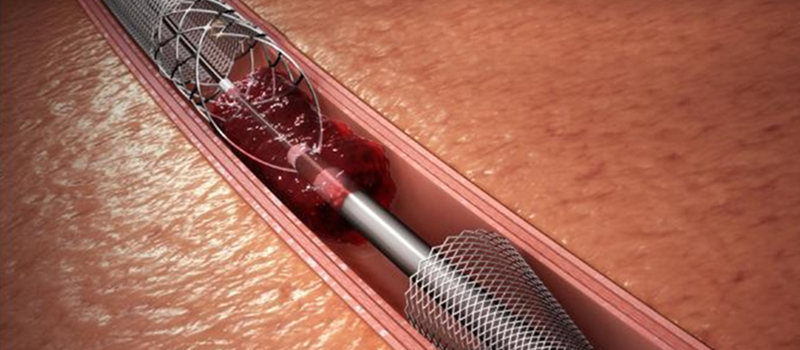Deep vein thrombosis (DVT) is a condition in which a blood clot lodges in the body’s deep veins. It usually occurs in the legs but can also develop in other areas, such as the pelvis and arms. CDC data shows that DVT kills 10-30 % of patients within a month of diagnosis.

Who gets DVT?
Deep vein thrombosis is most common in people with a pulmonary embolism (PE) history. It has an occurrence rate of about 1 in 1000 adults. These rates are higher in men than in women who are above 45 years.
Other risk factors include smoking, injury to the leg or hip, and using birth control pills and hormone replacement therapy.
Symptoms of DVT
The signs and symptoms of DVT can vary depending on where the clot is located. The main symptoms of deep vein thrombosis include:
- Swelling or tenderness, usually in a single leg, but can be felt in both legs
- Redness and warmth of skin over affected veins
- Leg pain that gets worse when walking or standing
- Tingling or numbness in the leg
- Leg cramps that don’t go away

Causes of DVT
The condition may result from a direct injury to the vein, or it may be due to an underlying medical condition that affects the blood’s ability to clot normally. The causes of DVT include the following:
- Injuries to the leg or thigh
- Prolonged sitting
- Surgery
- Pregnancy and childbirth
- Obesity
How is DVT diagnosed?
If you have symptoms of DVT, your doctor will diagnose the condition with a physical exam and tests such as ultrasound, magnetic resonance imaging (MRI) scan, or venography.
Treatment options for DVT
There are several different types of treatment available for DVT, depending on your condition:
Anticoagulants
These medicines help prevent blood clots from forming and spreading by preventing the formation of certain substances called platelets that would otherwise stick together to form clots.
Compression stockings
These tight elastic garments squeeze your lower legs to help keep blood moving through your veins and away from your heart. Compression stockings are usually worn all day long for several months after you have had a DVT or pulmonary embolism (PE).
Surgery
DVT can be treated with surgery if it becomes severe or if there is no improvement after other treatments. Your doctor may recommend surgery if you have had deep vein thrombosis for a long time, have had other leg problems, or have an infection. Surgery involves removing the clot and possibly closing off the damaged blood vessel.
Filters
Doctors can also place a filter in your leg to keep clots from traveling to your lungs or heart. These filters consist of metal coils that sit inside the vein. If a clot forms, it will be trapped by the filter and never reach your lungs or heart.

Conclusion
DVT is a condition that can be fatal if not treated. It is essential to seek medical help at the first sign of symptoms and to avoid any activities that might put you at risk of developing this condition.
If you would like help with your deep vein thrombosis, contact us at Washington Vascular Specialists to discuss the best treatment option available. Call us at 301-891-2500.



